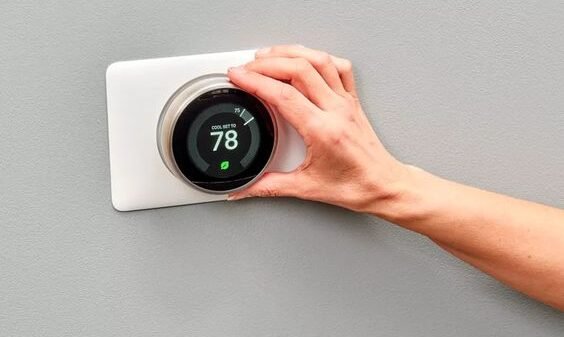With the new technology and call clarity advances of VoIP business phone systems in the last several years, it is a good time for businesses to make the switch from a traditional provider to a VoIP solution. In most cases, you can get similar or even more advanced features as a traditional phone system for much less cost. To make it easier for your business to switch, follow these seven steps:
1. Figure out how many users you will need
The first step to getting VoIP up and running in your office is to figure out how many employees or users you plan on having. Getting a solid idea of user numbers early on in the process makes certain decisions easier as you go along. It will help you determine how many lines you need, whether or not your Internet connection can support your expected call volume, and which features matter most. With some providers, you can save money if some employees only need an extension and not their own number. Check with your potential providers to see what kind of deal they can give you.
2. Make sure your office Internet connection is fast enough
Once you know how many users you are going to have, then you are ready to test your office Internet connection to see if it can handle VoIP for that kind of user volume.
You wouldn’t want to sign up for VoIP only to discover it won’t work with your existing Internet. Fortunately, it isn’t difficult to check if your Internet can handle VoIP.
3. Sit down and set a VoIP budget
VoIP offers a wide range of features, and it’s easy to get carried away when looking at the different add-ons and bonuses you can use. That’s why setting your budget early on in the process is important. It will help keep you grounded and make sure your eyes are not bigger than your budget when you start looking at what features and plans are a good fit for your business. In general, cost starts at around $30 per user to around $60 to $70 per user for premium plans. Whenever possible, pay annually and you will get significant monthly savings
4. Determine which features are most important
There are lots of different features available, such as unique phone numbers for each employee, an autocall router, call rules, conference calling, mobile apps and more. You’ll want to figure out which specific features will be most useful for your business. For example, perhaps you want a home-based VoIP system for your office, but your business actually keeps you on the road a lot. If so, you’ll want a solid mobile app. Or maybe you’re getting a system with more than 10 lines. In that case, in-depth call routing rules are a must.
Here’s what you should do to help narrow things down:
When you actually get down to choosing your VoIP phone provider, the two feature lists you just created will make the selection process much quicker and more efficient.
5. Choose a VoIP phone service
Now it is time to actually choose your provider. Before you make the decision, make sure you have your number of users, budget and feature lists handy for reference. When making your decision, you want to compare providers and find the one that:
For an in-depth breakdown, consult this comparison guide to the leading VoIP providers.
6. Order phones and other hardware
After settling on your service, it is time to order your hardware. Most VoIP services can be used without special VoIP phones. For example, you can often purchase an adapter that you can plug your analog phones into if you want to continue using those. Or, in many cases, you can use your computer, tablet or mobile phone.
However, to fully use all the extra VoIP features, you may need to purchase a VoIP phone. The nice thing is that there is quite a wide variety of VoIP phones available, from basic and cheap to sophisticated and expensive. Check this article on the best VoIP phones if you have trouble deciding and need some help.
7. Set up and configure your VoIP system
In most cases, you just plug your phone into your Ethernet system, configure your settings on your phone, and you are good to go. In some cases, if you have a firewall in place, you might have to go back and forth with your provider a bit to get things working properly. If you are tech-savvy, you should be able to handle most VoIP setups.
To make things easier, each provider offers in-depth tutorials. If you are technically challenged, you may want to go with a provider such as Nextiva, which will walk you through the setup process step-by-step over the phone.
Read: Best Acer Gaming Laptop You Choose From in 2022.





























































